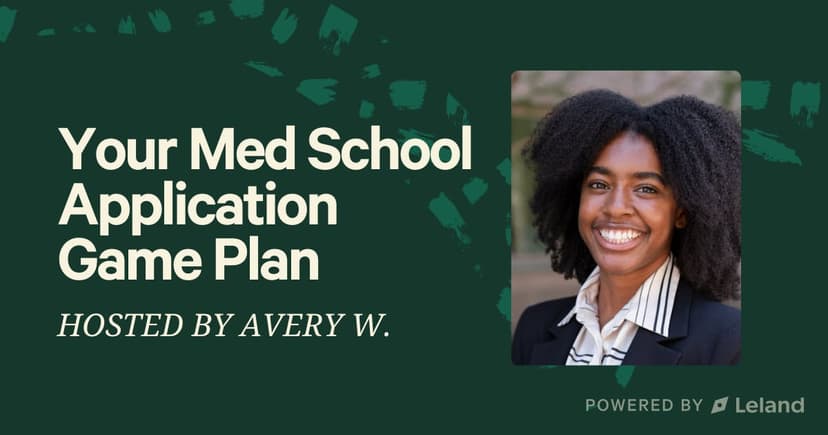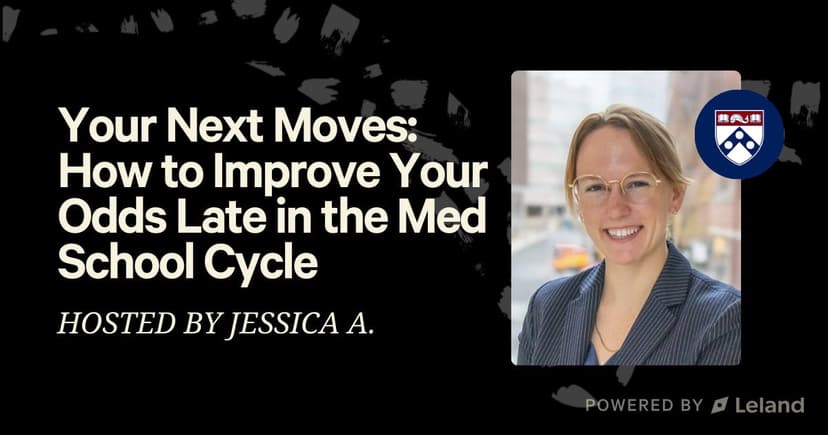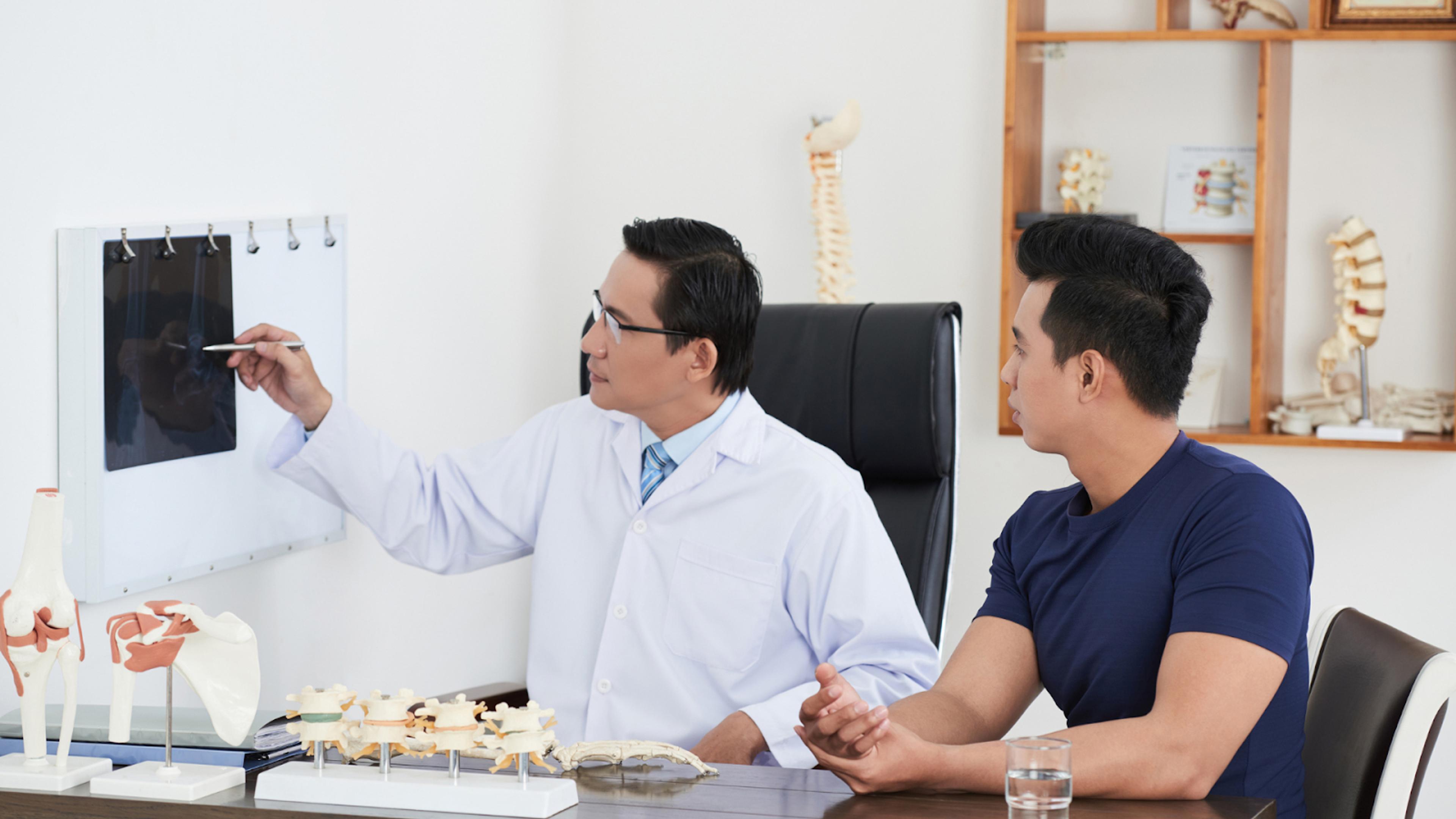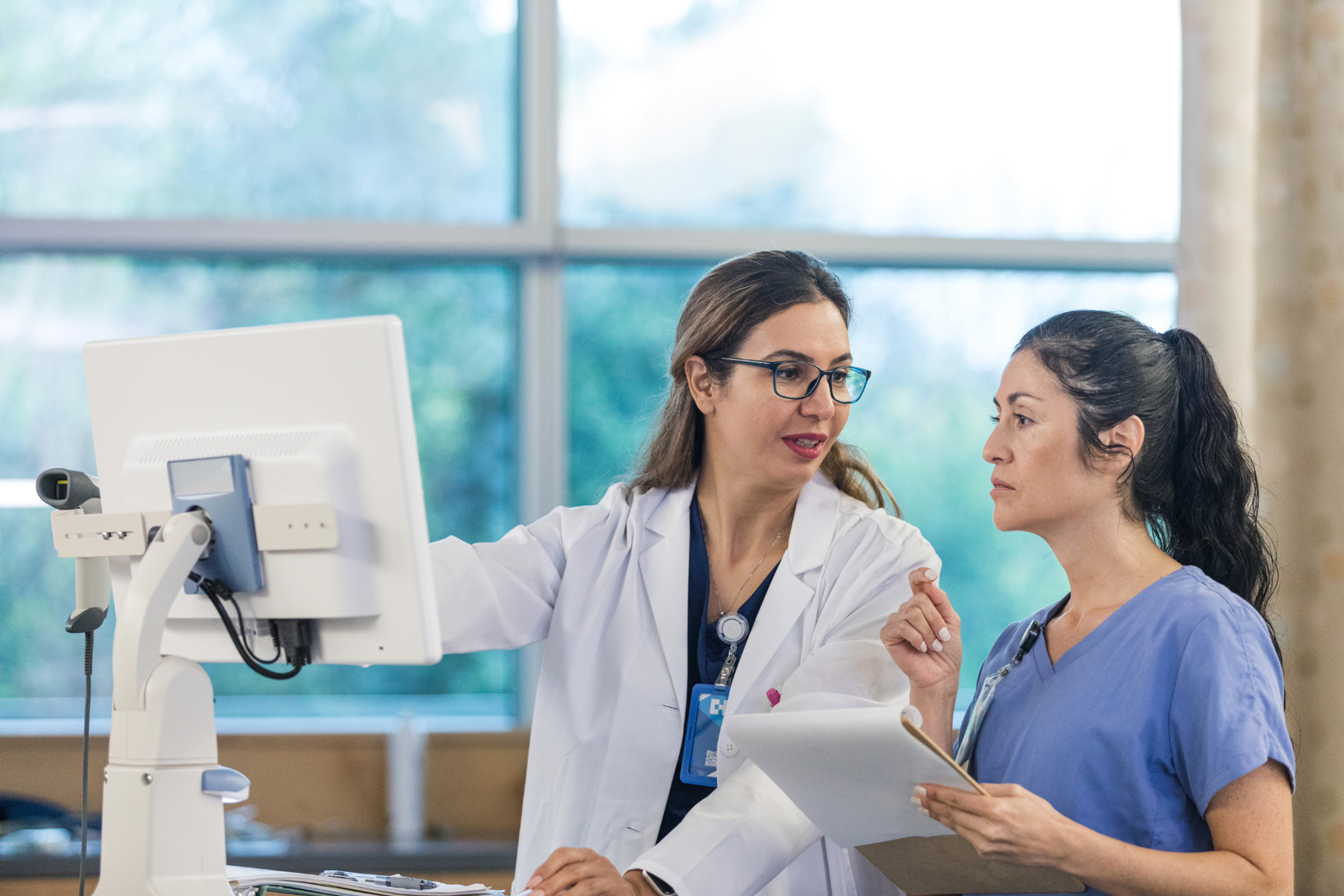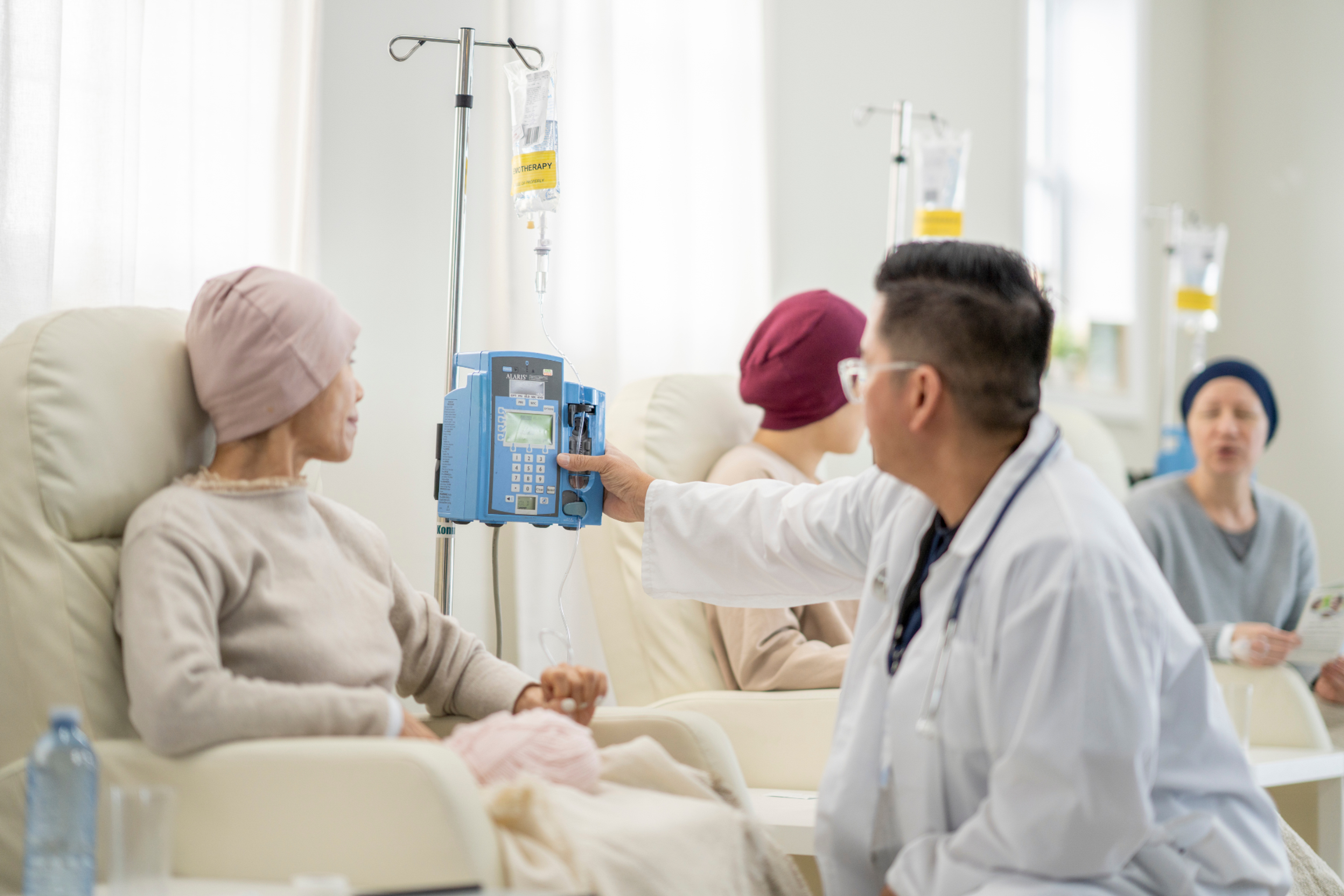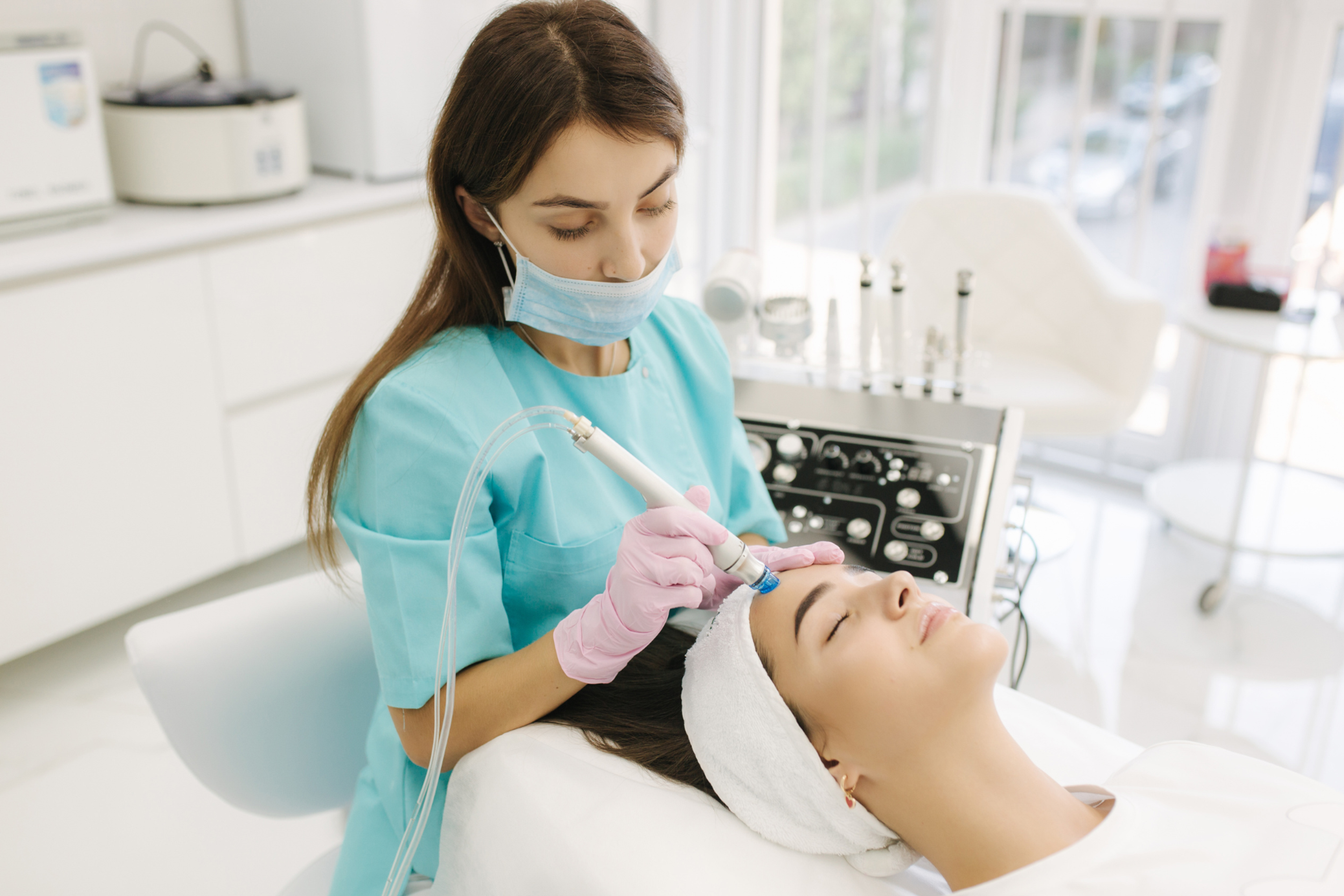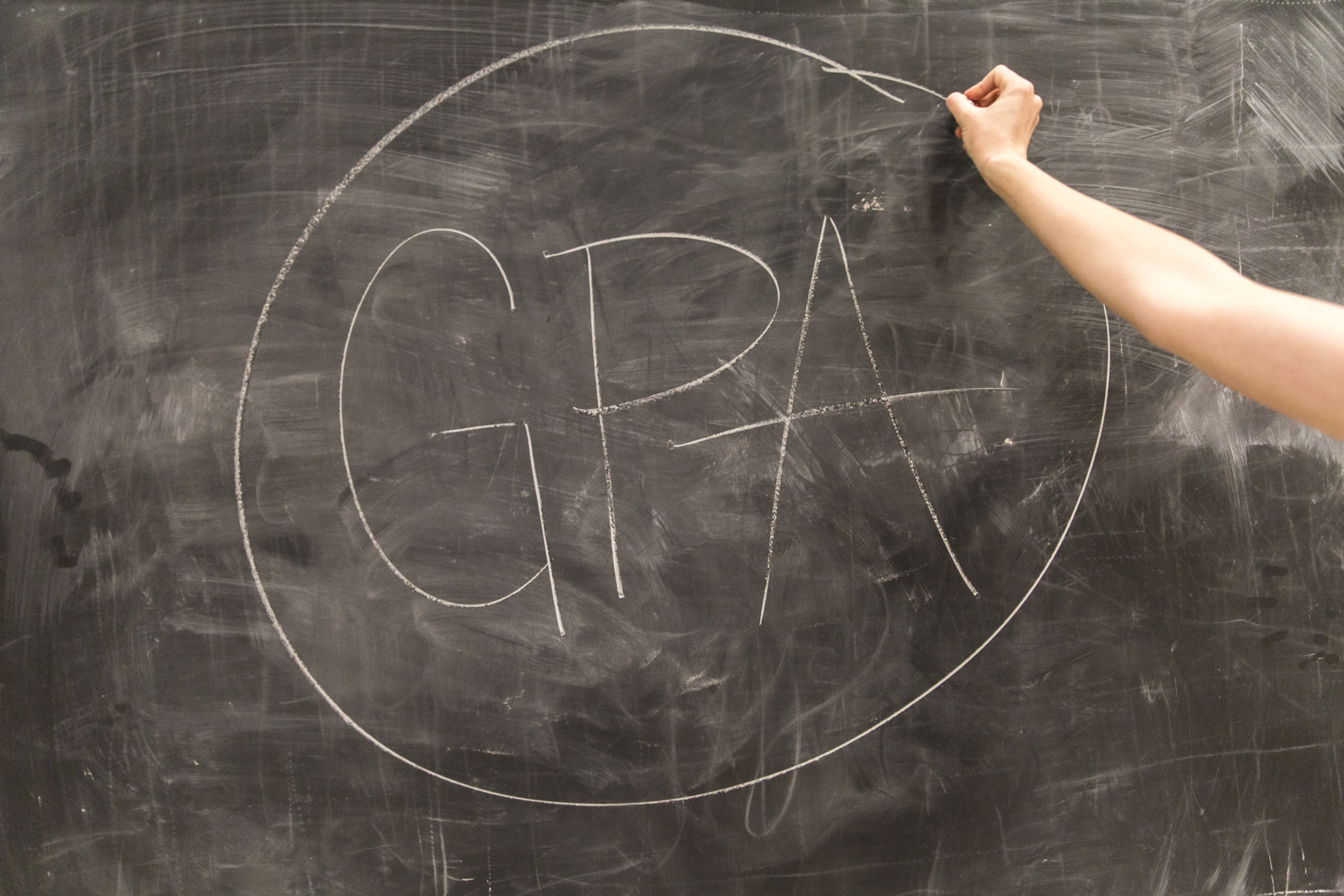The 10 Best Medical Schools in New York
Compare the top medical schools in New York by acceptance rates, tuition, MCAT scores, and training style to find your best-fit MD or DO program.
Posted July 22, 2025

Join a free event
Learn from top coaches and industry experts in live, interactive sessions you can join for free.
Table of Contents
New York has more medical schools than any other state, with a total of 18 accredited programs, 15 allopathic (MD-granting) and 3 osteopathic (DO-granting). From Ivy League institutions to community-focused programs, New York offers a wide range of training environments for future physicians. But choosing where to apply means understanding more than just rankings.
This guide breaks down each New York medical school by admissions stats, degree type, and program highlights. Whether you’re focused on primary care, research, or underserved communities, this list will help you build a stronger school list.
What Is Medical Education?
Medical education is the process of training to become a licensed physician. It begins with classroom-based instruction in anatomy, physiology, and pathology. Students then move into clinical rotations where they build diagnostic and treatment skills. Most students continue into residency, followed by optional fellowship training. In the U.S., students typically attend either an allopathic medical school (MD) or an osteopathic medical school (DO). Some programs also offer dual degrees like MD/PhD or MD/MPH.
Overview of Medical Schools in New York
New York has 18 accredited medical schools, 15 allopathic (MD-granting) and 3 osteopathic (DO-granting). These schools offer a wide range of options for students pursuing careers in research, primary care, academic medicine, and community service.
Top-ranked institutions like Columbia University Vagelos College of Physicians and Surgeons, Weill Cornell Medicine, and NYU Grossman School of Medicine are highly competitive, with average MCAT scores over 519 and GPAs near 3.9. NYU Grossman and NYU Long Island also offer tuition-free programs, making them some of the most financially accessible top-tier options in the country. Public MD programs in the SUNY system Stony Brook, Downstate, Upstate, and Buffalo, offer reduced tuition for in-state students. SUNY Downstate has the highest in-state matriculant rate at 87%, and these schools often prioritize applicants from New York State. Mission-driven schools like CUNY School of Medicine and SUNY Upstate focus on training primary care physicians to serve underserved communities, especially in urban and rural areas. Osteopathic schools like NYITCOM, Touro College of Osteopathic Medicine, and LECOM Elmira offer DO pathways with strong clinical training and a holistic care philosophy.
The 10 Best Medical Schools in New York (2025)
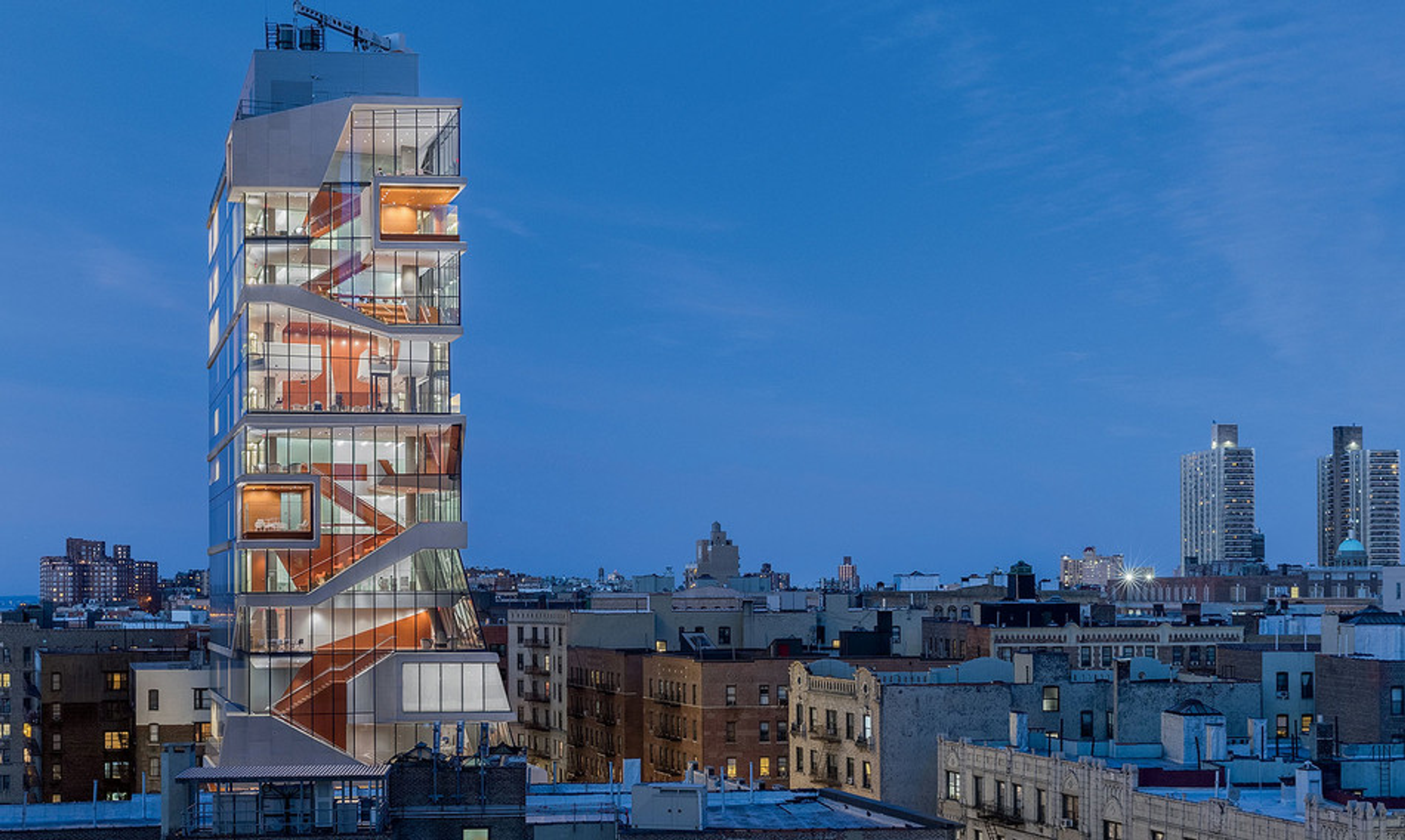
1. Columbia University Vagelos College of Physicians and Surgeons (New York, NY)
- Applications: 7,291
- Interviews Offered: 757
- Class Size: 140
- Acceptance Rate: 1.9%
- GPA Range: 3.39–4.0
- MCAT Range: 508–528
- Female Students: 51%
- Male Students: 49%
- First-Generation College Students: 4%
- NIH Research Funding: $625.4 million
- Most Selected Residencies (2024): Psychiatry (12.2%), Internal Medicine (20%)
- Patient Visits Annually: 1.8 million
- Total Faculty: 2,636 full-time
Visit the VP&S Facts & Statistics
Example Courses & Training Highlights:
- Foundations of Clinical Medicine
- Psychiatric Medicine Clerkship
- Clinical Gross Anatomy and Radiology
- Doctoring and Patient-Centered Care
- Health Systems Science and Practice
- Psychiatry Sub-Internships (Child, Geriatric, Addiction, Forensic)
- Community-Based Psychiatry Programs at Harlem Hospital and NYSPI
Columbia University’s Vagelos College of Physicians and Surgeons (VP&S) offers one of the most academically rigorous and clinically immersive MD programs in the country. Located within the Columbia University Irving Medical Center, VP&S provides unmatched clinical training through NewYork-Presbyterian Hospital and the New York State Psychiatric Institute. The school emphasizes early and structured exposure to behavioral health, community-based care, and public psychiatry, especially relevant for students pursuing a psychiatry track. Its MD curriculum is supported by $625 million in NIH research funding and offers extensive electives and sub-internships in psychiatric medicine. With a long-standing presence in underserved neighborhoods like Harlem and Washington Heights, Columbia prepares students to practice patient-centered medicine while contributing to public health research and leadership in academic medicine.
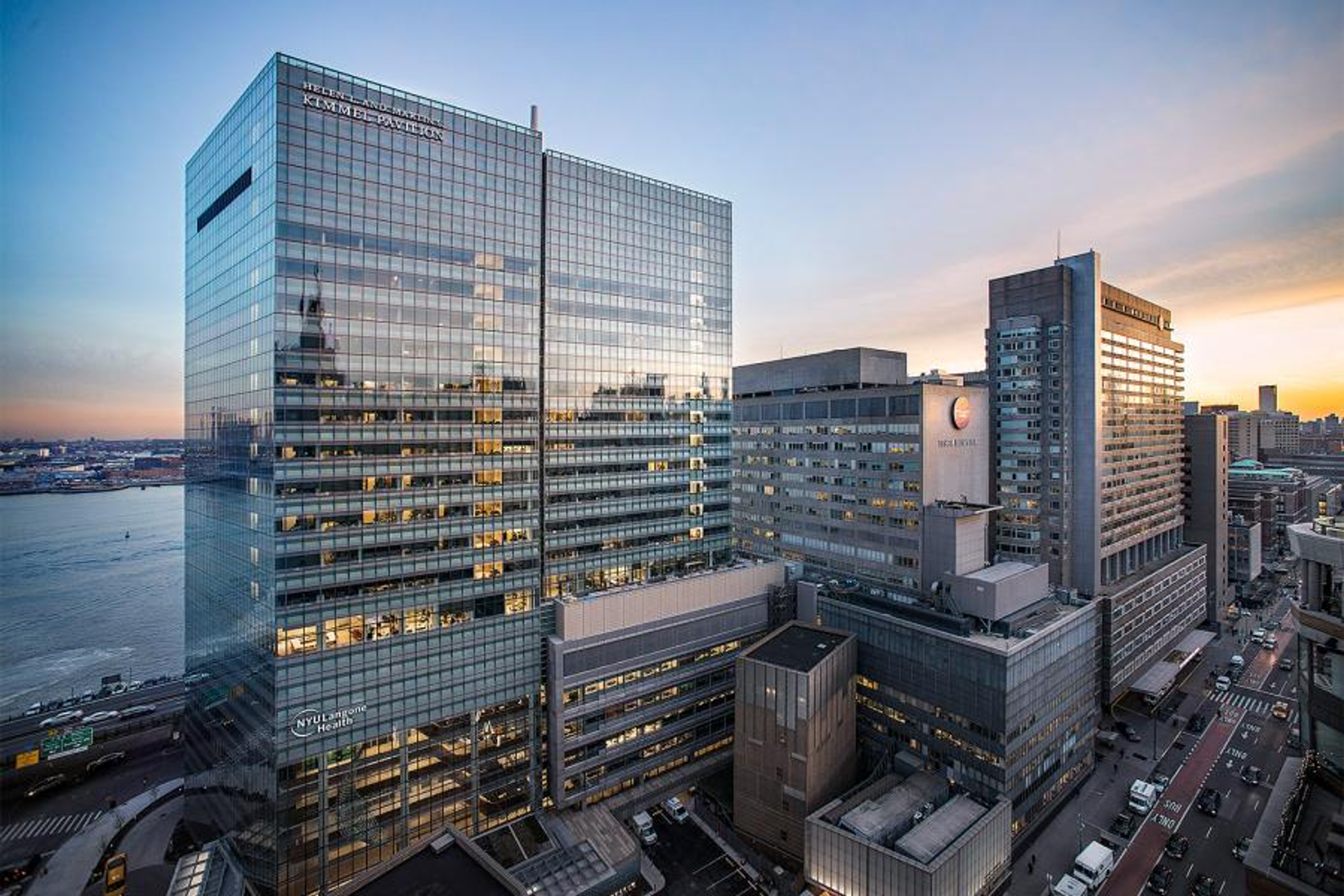
2. NYU Grossman School of Medicine
- Applications: 8,271
- Interviews Offered: 821
- Class Size: 106
- Acceptance Rate: 2.5%
- GPA Range: 3.79–4.0
- Median GPA: 3.98
- MCAT Range: 516–527
- Median MCAT: 523
- Female Students: 49%
- Male Students: 51%
- Total Medical School Size: 422
- Average Age: 23 (Range 20–30)
- Medical Student Debt (Class of 2024): 21% had debt, an average of $67,752
- Scholarships: 100% of students receive full-tuition scholarships
Visit the NYU Grossman MD Admissions By the Numbers
Example Courses & Training Highlights:
- Curriculum for the 21st Century (C21)
- Accelerated 3-Year MD Program
- Health Systems Science
- Integrated Clinical Skills Training
- Dual Degree Options (MD/MBA, MD/MPA, MD/Global Health, MD/Bioethics)
- NYSIM Simulation Training (with CUNY)
- Clinical Rotations at NYC Health + Hospitals/Bellevue and VA NY Harbor
NYU Grossman School of Medicine is one of the most competitive and innovative medical schools in the country. With a 2.5% acceptance rate and a median MCAT of 523, it attracts high-achieving students from across the world. Every student in the MD program receives a full-tuition scholarship, removing a major financial barrier and allowing them to choose specialties based on passion rather than debt. The school’s accelerated 3-year MD pathway, flexible curriculum, and robust clinical training at hospitals like Bellevue and the VA NY Harbor position students for early residency and long-term success. NYU Grossman emphasizes academic excellence, health systems education, and medical technology innovation, preparing graduates to lead in clinical care, research, and health policy.
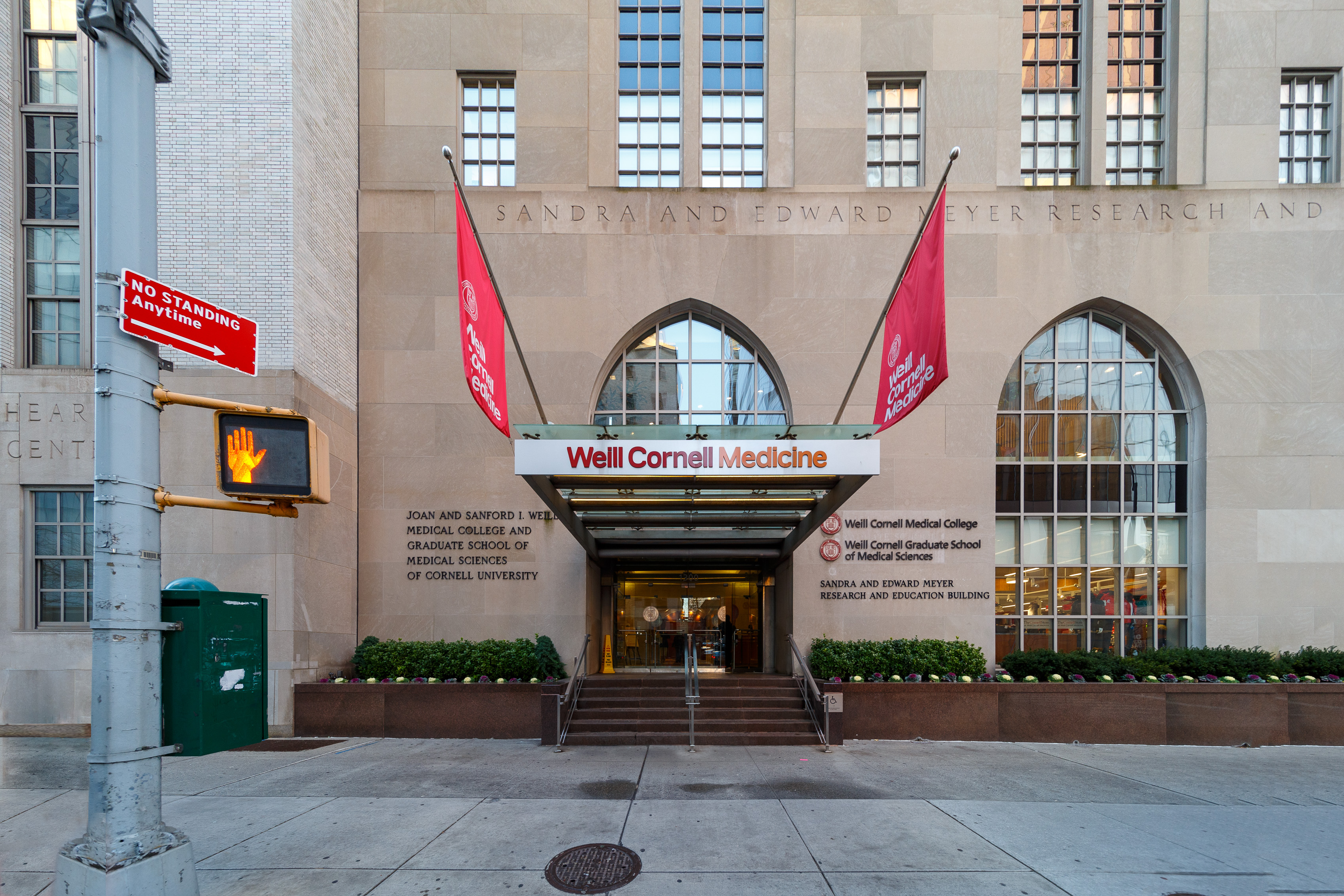
3. Weill Cornell Medicine
- Applications: 7,345
- Interviews Offered: 784
- Class Size (MD only): 90 (106 including MD-PhD)
- Acceptance Rate: 1.4%
- Female Students: 57%
- Male Students: 43%
- Underrepresented in Medicine: 24
- NIH Research Funding: $346 million
- Most Selected Residencies: Internal Medicine, Pediatrics, Surgery, Anesthesiology, Psychiatry
- Total Medical Students (MD, MD/PhD): Approx. 430
- Average Age: 24 (Range: 22–27)
Visit the Weill Cornell Community
Example Courses & Training Highlights:
- Early clinical immersion at NewYork-Presbyterian/Weill Cornell Medical Center
- Interdisciplinary training through the Tri-Institutional MD-PhD Program (Weill Cornell, Rockefeller, Sloan Kettering)
- Global health opportunities in Haiti, Tanzania, Brazil, and Qatar
- Longitudinal curriculum on medical ethics, health policy, and patient-centered care
- Research mentorship is available through over 30 basic science and clinical departments
- Dual degree options: MD/PhD, MD/MBA (in partnership with Cornell Tech and Johnson School of Business)
- Clinical rotations at NYC-based hospitals including Memorial Sloan Kettering and Hospital for Special Surgery
Weill Cornell Medicine is a highly competitive Ivy League medical school located in the Upper East Side of Manhattan. With a small class size, strong research funding, and global partnerships, students get a robust medical education with early patient contact and access to some of the top hospitals in the country. Nearly half of the students are multilingual, and many took gap years or are from first-generation, low-income backgrounds. The program prioritizes academic medicine, biomedical sciences, and public health through structured mentorship, integrated clinical experiences, and high-impact global engagement.
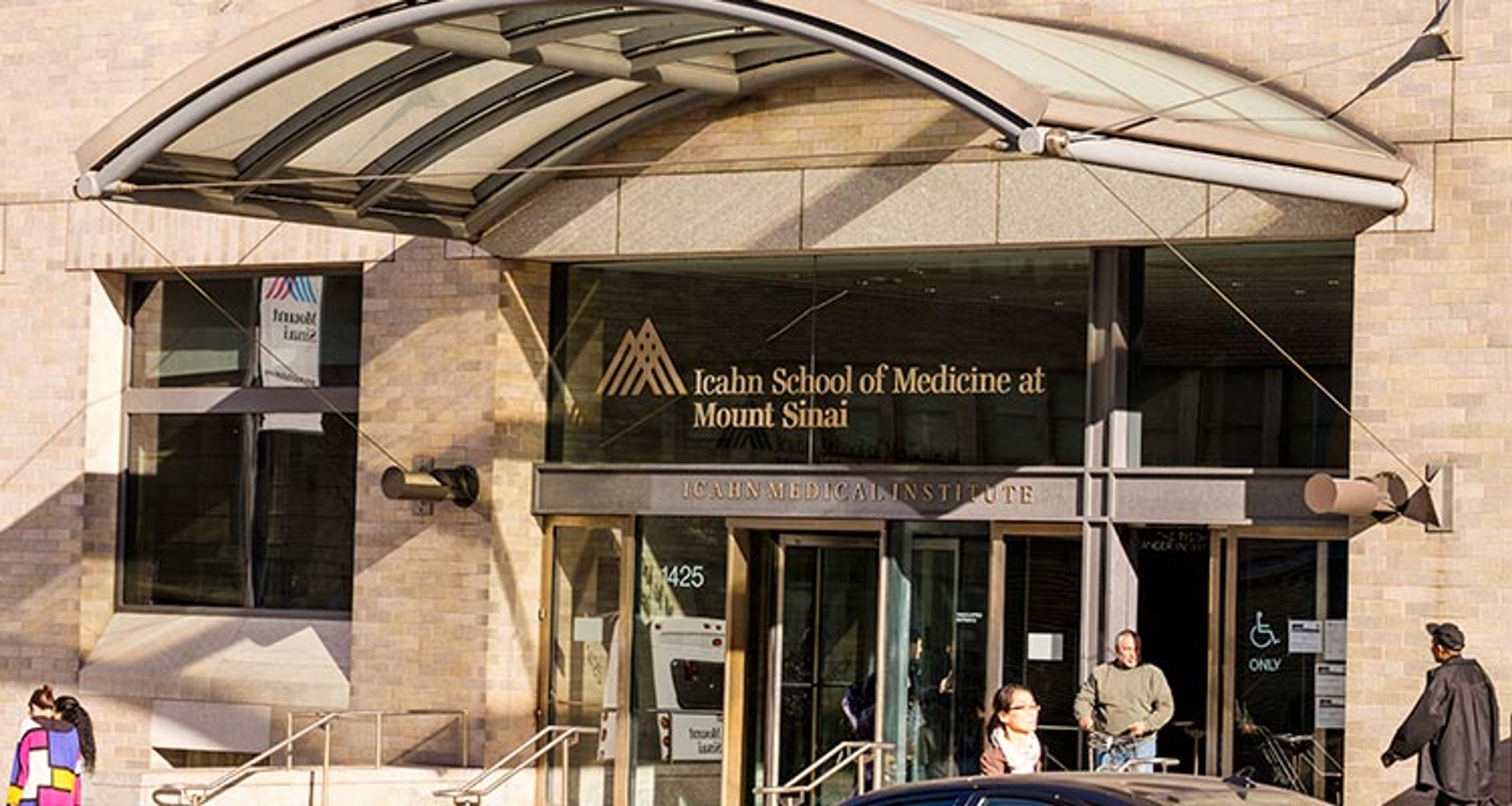
4. Icahn School of Medicine at Mount Sinai
- Applications: 8,540
- Interviews Offered: 964
- Class Size (MD only): 531
- Acceptance Rate: 6.2%
- Female Students: 50.4%
- Male Students: 49.6%
- Underrepresented in Medicine: 26.3%
- NIH Research Funding: $496.6 million
- Most Selected Residencies: Anesthesiology, Emergency Medicine, Internal Medicine, Psychiatry, Surgery
- Total Faculty (Full-Time, Part-Time, Voluntary): 4,560+
- Total Medical Students (MD, MD/PhD): 626
- Average Age: 23 (Range: 20–37)
Visit the Icahn School of Medicine Facts and Figures
Example Courses & Training Highlights:
- The curriculum integrates preclinical and clinical education from day one
- Nexus Learning (Year 1 and 2 non-credit enrichment)
- Tailored electives in Years 3 and 4
- Opportunities for global health and underserved care training
- Clinical training at The Mount Sinai Hospital, Elmhurst Hospital, and NYC Health + Hospitals/Queens
- Research mentorship across 350+ labs and 45 research institutes
- MD/PhD program and other dual degree options (e.g., MD/MPH)
The Icahn School of Medicine at Mount Sinai is a leading academic medical center known for innovation in education, a strong research enterprise, and a commitment to health equity. With over 4,500 faculty and nearly $500 million in NIH funding, the school supports a wide range of biomedical discovery while training future physicians in some of New York City’s most diverse clinical settings. The curriculum connects students to patient care from the start, blending early clinical exposure with a flexible pathway structure. Roughly 26% of MD students come from underrepresented backgrounds, and 35% intend to work with underserved populations after graduation. Research output is high, with over 90% of students engaging in projects and 84% submitting peer-reviewed publications. Mount Sinai is an ideal fit for students interested in academic medicine, urban health, or integrating research into clinical practice.
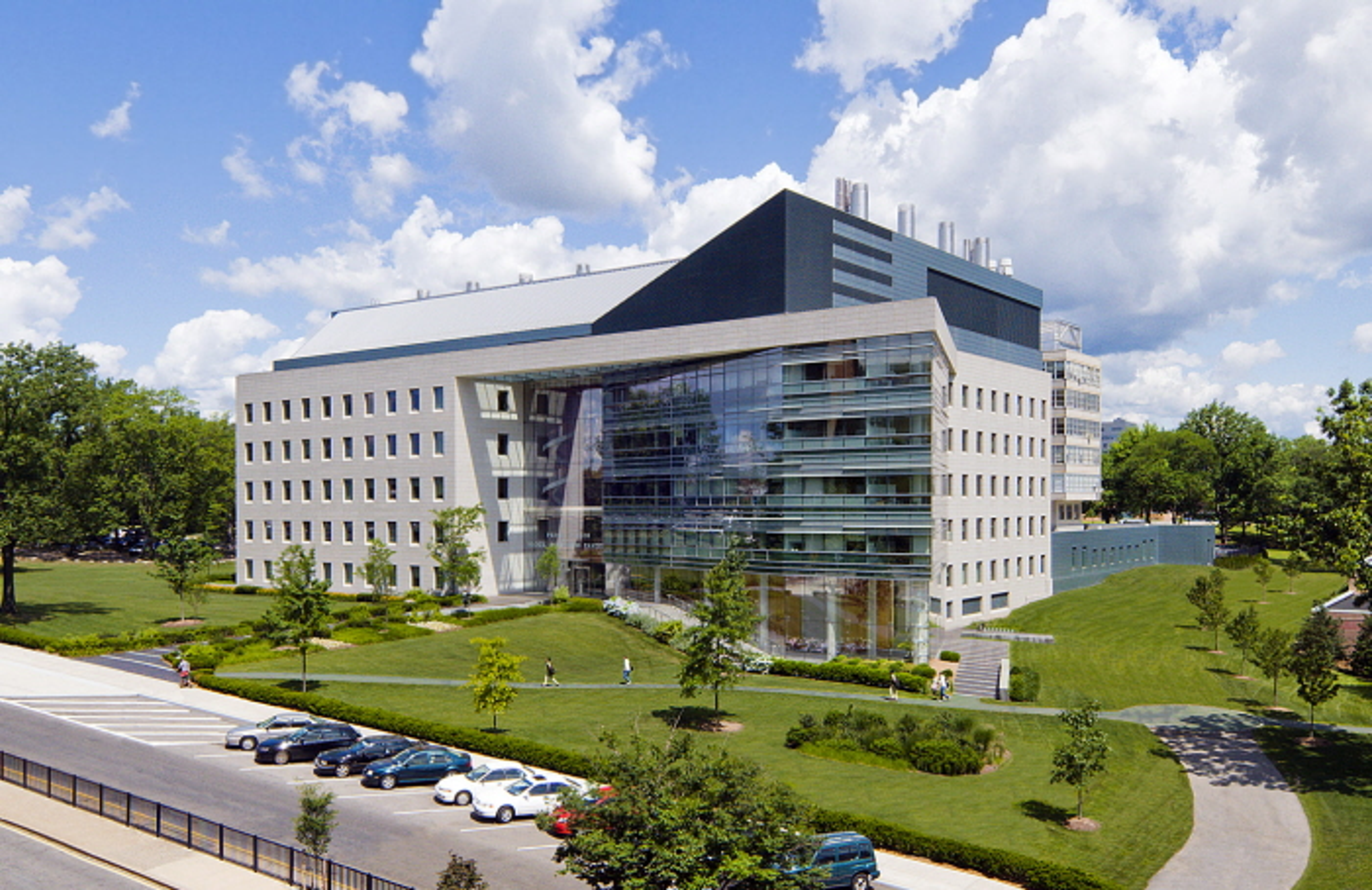
5. Albert Einstein College of Medicine
- Applications: 8,897
- Interviews Offered: 966
- Class Size: 165
- Acceptance Rate: 1.85%
- Underrepresented in Medicine: Not specified, but 27% of students hold non-science undergraduate degrees
- NIH Research Funding: $200 million+
- Most Selected Residencies: Not specified
- Total Faculty: 2,000+ full-time
- Total Medical Students: 712 MD, 112 MD/PhD
Visit the Albert Einstein College of Medicine Admissions Statistics
Example Courses & Training Highlights:
- Early clinical exposure from the first year
- Service-learning integrated throughout the MD curriculum
- MD/PhD and MD/MPH dual degree pathways
- Strong focus on bioethics and women’s health
- Research training at Belfer Institute for Advanced Biomedical Studies
- Clinical partnerships with Montefiore Medical Center and Bronx-based hospitals
- 50+ student organizations and community initiatives
Albert Einstein College of Medicine offers a rigorous yet highly supportive medical education grounded in service, social justice, and scientific inquiry. As of 2024, the school became fully tuition-free for all MD students thanks to the David S. and Ruth L. Gottesman Scholarship Fund. Einstein embraces a holistic, competency-based admissions process that values diverse life paths and backgrounds over a quarter of accepted students held non-science majors. With deep roots in the Bronx community and strong affiliations with Montefiore, Einstein students engage early in patient care while also participating in leading-edge research across more than 20 centers. Its legacy in health equity and educational innovation makes Einstein a compelling option for students committed to both clinical excellence and societal impact.
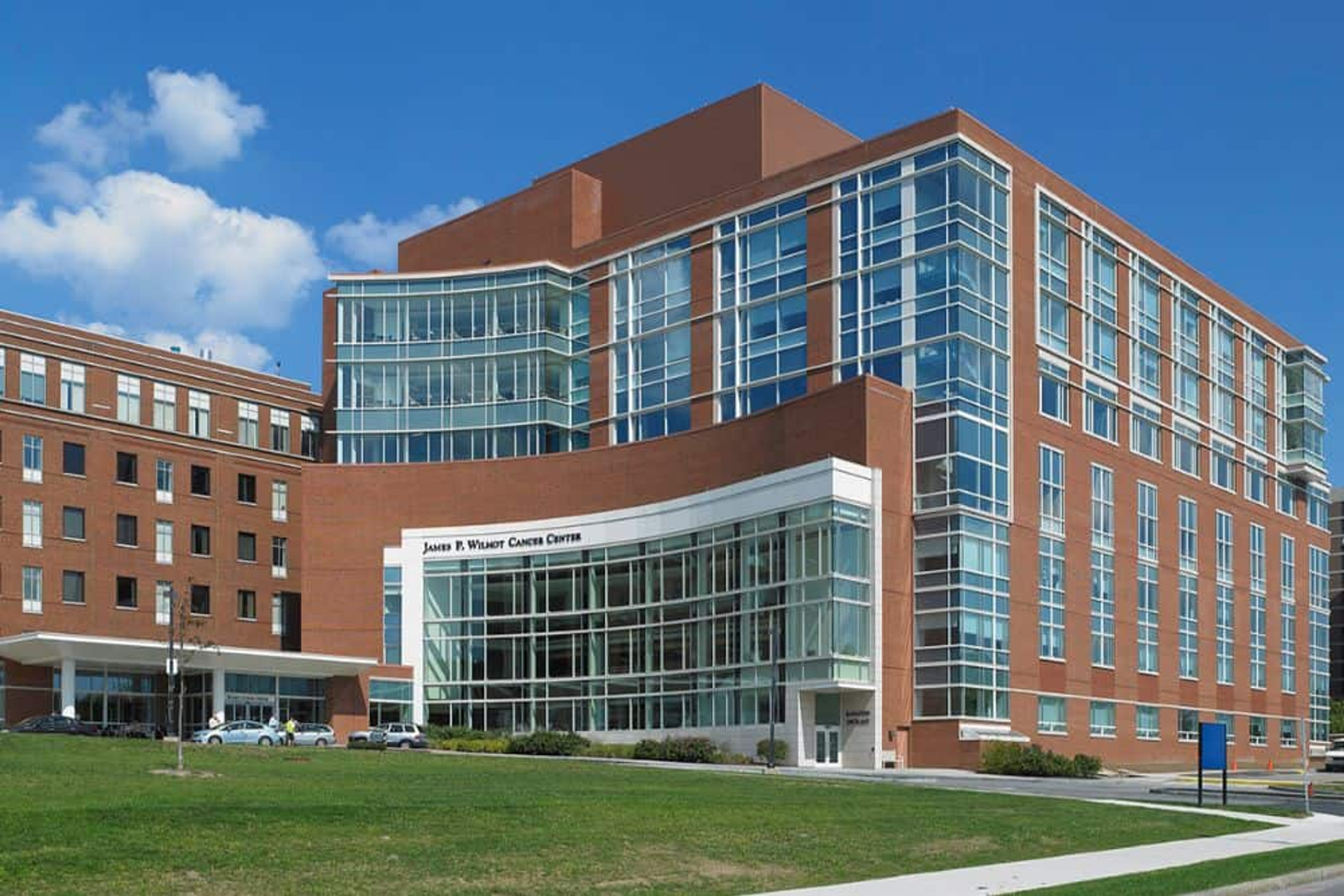
6. University of Rochester School of Medicine and Dentistry
- Applications: Not publicly reported
- Interviews Offered: Not specified
- Class Size: 104
- Acceptance Rate: Not specified
- GPA Range: 3.0–4.0
- MCAT Range: 503–528
- Female Students: ~50%
- Male Students: ~50%
- NIH Research Funding: $247 million
- Total Faculty: 1,973 full-time
Visit the URMC Class Profile
Example Courses & Training Highlights:
- Double Helix Curriculum – Translations & Transitions (4-year integrated clinical & basic science education)
- Biopsychosocial Model of Medicine – pioneered at Rochester
- Professional Identity Formation & Collaborative Care Tracks
- Early patient contact from first-year
- Simulation-based learning and team-based problem-solving
- International medicine projects (50% of students participate)
- Advisory Dean system for student mentorship and support
- Code of Conduct written annually by each incoming class
The University of Rochester School of Medicine and Dentistry offers a unique medical education model known as the Double Helix Curriculum, an early integrative approach that weaves together clinical exposure and scientific learning. The school is a pioneer of the Biopsychosocial Model, promoting a holistic view of healthcare. Students are immersed in problem-based learning, community service, and global health opportunities. Around 69% take time off before medical school, and many come in with advanced degrees or unique backgrounds. With $247 million in NIH funding and a legacy of medical innovation from cancer vaccines to computational biology, the school provides a fertile ground for aspiring physician-scientists and community-focused clinicians alike. Rochester’s emphasis on humanism, resilience, and wellness, coupled with a strong mentorship system and state-of-the-art research resources, makes it an attractive destination for future leaders in medicine.
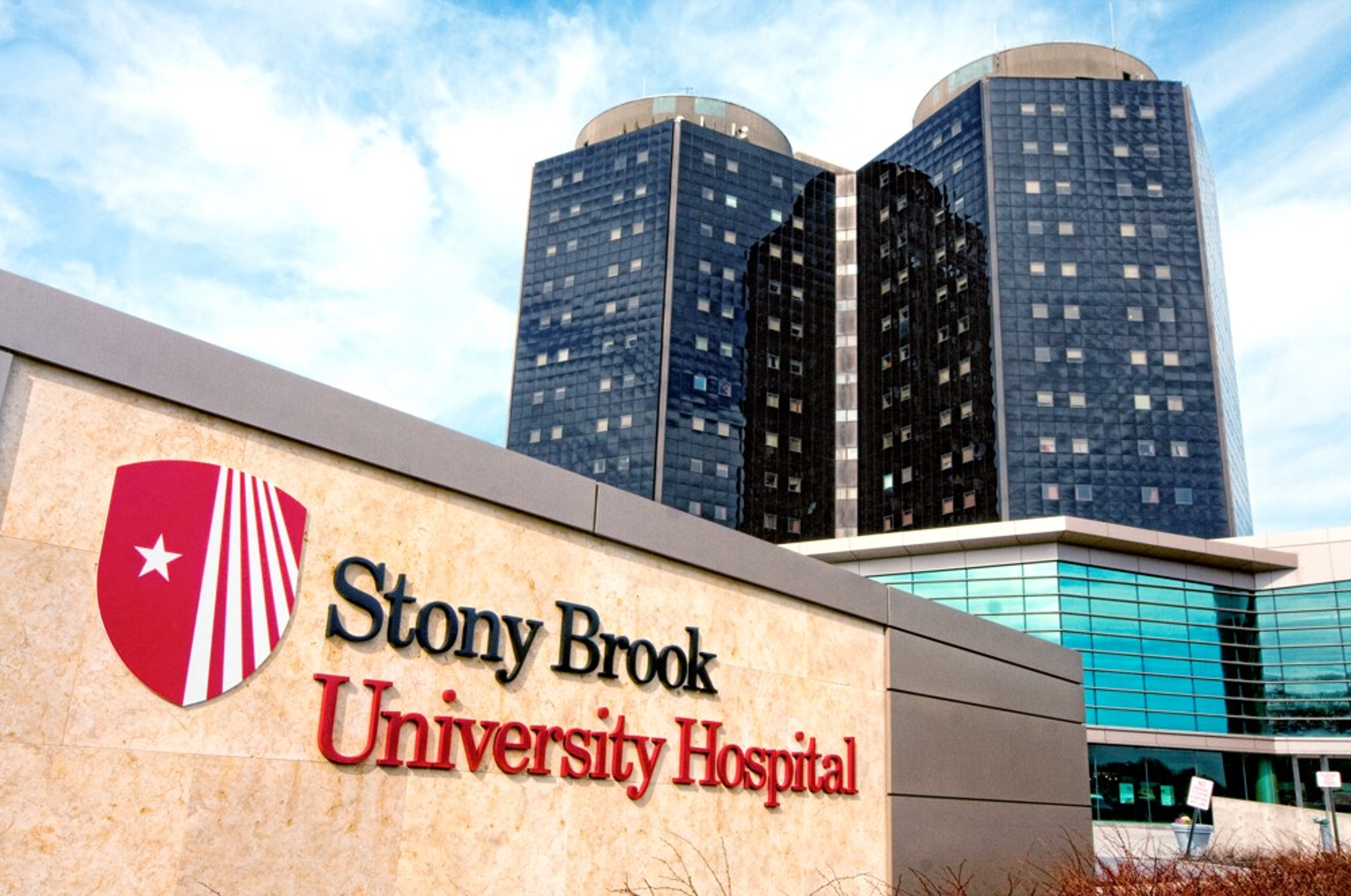
7. Renaissance School of Medicine at Stony Brook University
- Applications: 5,304
- Interviews Offered: 866
- Class Size: 136
- Acceptance Rate: 2.6%
- Median GPA: 3.93 (Science GPA: 3.91)
- Average MCAT Score: 516 (92nd percentile)
- Female Students: 54%
- Male Students: 45%
- Other: 1%
- NIH Research Funding: $48+ million (2023)
- Total Faculty: 1,238 full-time
Visit the RSOM Class Profile
Example Courses & Training Highlights:
- 4-Year MD Program + Accelerated 3-Year MD Track
- Scholars for Medicine + SUPREMES (Bachelor’s/MD) program
- Office of Global Medical Education offers rotations in Chile, China, Rwanda, and more
- Clinical training across 5 main hospitals, including Stony Brook University Hospital and Northport VA
- Integrated training in compassionate care, cutting-edge research, and health equity
- Strategic partnership with Mount Sinai Health System
- Advanced research in neurological disease, cancer, regenerative medicine, and infectious disease
- Legacy of innovations including the MRI, PET scan, and Lyme disease discovery
The Renaissance School of Medicine at Stony Brook University combines strong academic performance with a commitment to accessibility and diversity. The class of 2024 includes students from 16 states and 3 countries, with 29% coming from lower socioeconomic backgrounds. While 85% of students majored in the sciences, 15% entered with non-science degrees, showcasing the school’s holistic admissions approach. RSOM is deeply rooted in research, with notable breakthroughs such as MRI technology and treatments for cardiac and infectious diseases. Through global health programs, a wide range of dual-degree offerings, and its connection to the Mount Sinai Health System, Stony Brook prepares students to become forward-thinking, compassionate physicians equipped to lead in a changing healthcare landscape.
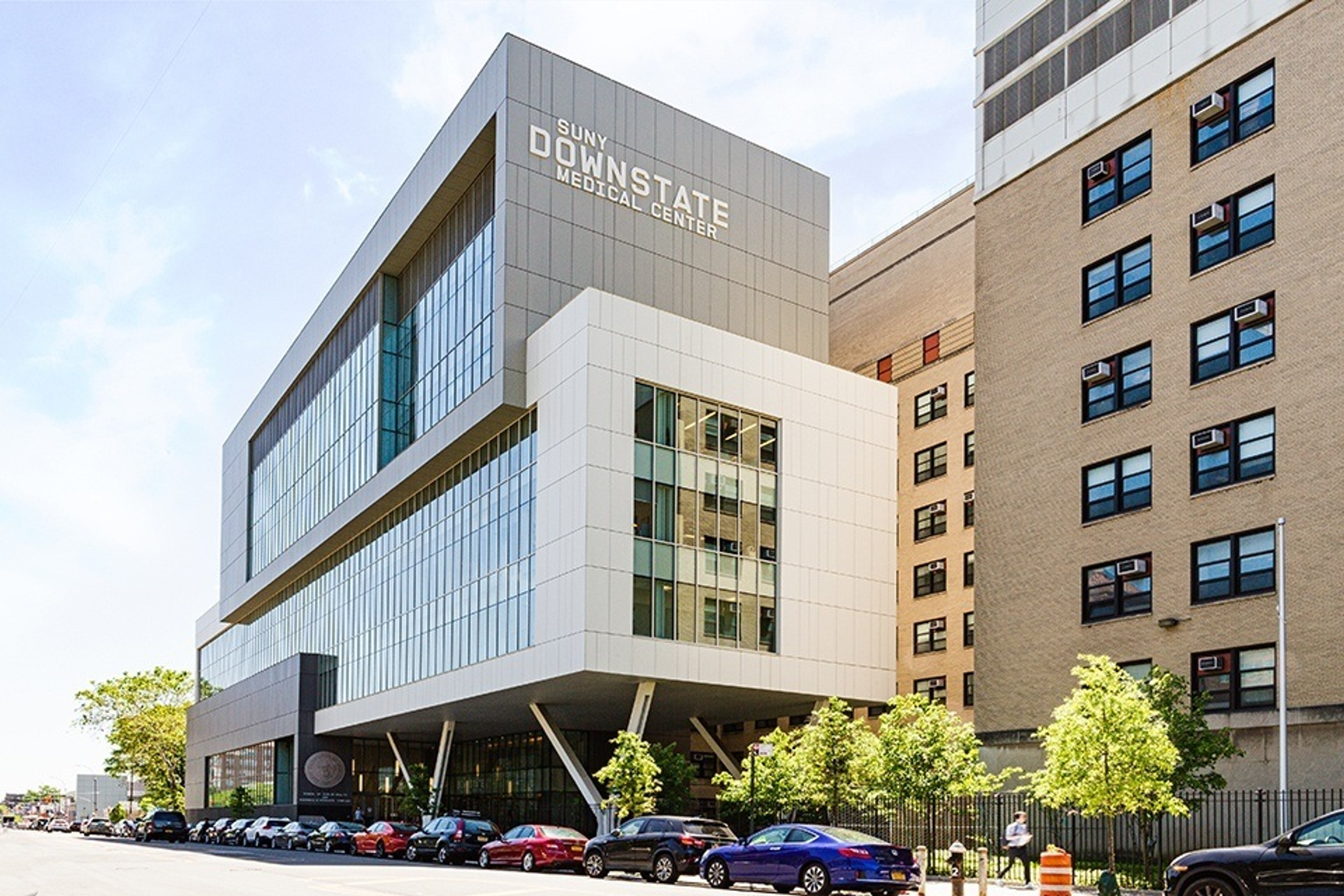
8. SUNY Downstate Health Sciences University
- Applications: 6,148 (most recent public cycle)
- Class Size: ~200
- Acceptance Rate: ~13.6% (based on 433 acceptances out of 3,183 applications)
- Female Students: 57%
- Male Students: 41%
- Average Age: 24
- NIH Research Funding: ~$50 million
- Total Faculty: Not specified (Downstate employs ~4,000 total staff)
Visit the SUNY Downstate Class Profile
Example Courses & Training Highlights:
- Integrated Pathways Curriculum – modern, flexible curriculum designed for evolving healthcare needs
- MD/MPH and MD/PhD Dual Degree Programs
- Clinical Training Across 29 Hospitals – including University Hospital at Downstate and others throughout NYC
- Global Health Opportunities – electives and partnerships across multiple continents
- Community-Based Education – over 100 service-learning projects and outreach programs
- Diversity Leadership – Top-ranked for African-American medical graduates and faculty (96th percentile nationally)
- Strong Brooklyn & NYC Pipeline – 70% of students from NYC, 36% from Brooklyn
- Residency Match Success – 98% match rate in 2023, 75% stayed in NYS
SUNY Downstate College of Medicine sits at the heart of Brooklyn, serving one of the most diverse and dynamic communities in the country. As the only academic medical center in the borough, Downstate provides students with extensive hands-on clinical exposure starting early in their education. Its Integrated Pathways Curriculum fosters adaptability and real-world skills while supporting community health initiatives and social accountability. The school champions diversity, equity, and inclusion, ranking among the highest nationally for graduating African-American and underrepresented students in medicine. With an emphasis on primary care, underserved populations, and public health, SUNY Downstate offers a mission-driven education in an urban environment where students truly make a difference.
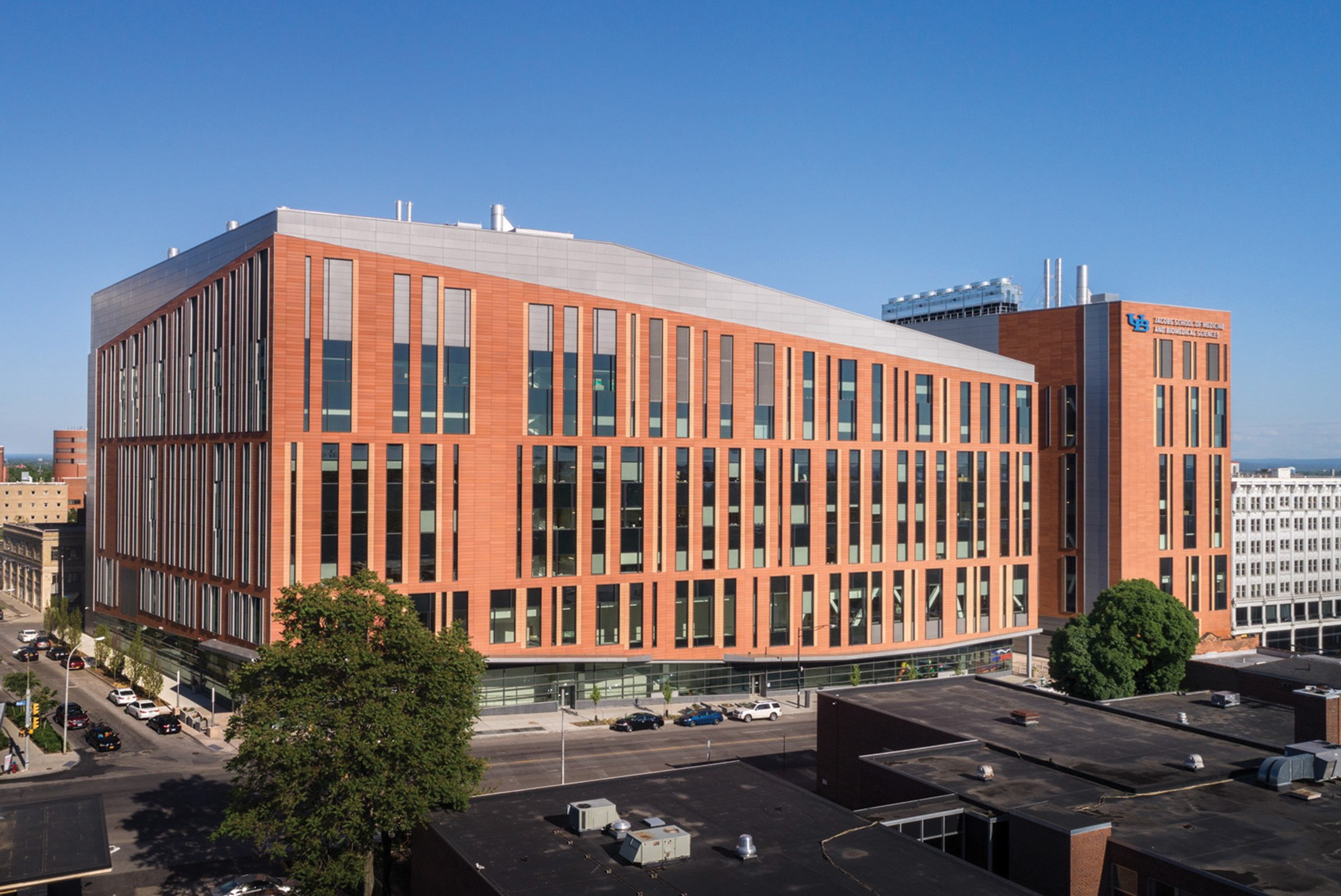
9. Jacobs School of Medicine and Biomedical Sciences (University at Buffalo)
- Applications: 5,828
- Class Size: 184 (180 MD + 4 MD/PhD students)
- Acceptance Rate: Not officially reported (estimated ~3.2%)
- GPA Range (Average): 3.7
- MCAT Range (Average): 510
- Female Students: 51%
- Male Students: 49% (assumed)
- NIH Research Funding: $74 million
- Total Faculty: 950+ clinical, research, and teaching faculty
Visit the Jacobs School Class of 2028
Example Courses & Training Highlights:
- Integrated Clinical Training – diverse clinical exposure across Buffalo’s urban and rural healthcare systems
- Joint Degree Programs – MD/PhD, MD/MBA, MD/MPH, and more.
- Primary Care and Specialty Focus – strong curriculum in primary care with exposure to all specialties.
- UB Academic Health Center – one of the most comprehensive in the nation.
- Research Opportunities – over 300+ active clinical studies and interdisciplinary lab projects.
- White Coat Ceremony Traditions – instills humanism, compassion, and professionalism.
- Diversity-Focused Admissions – 22% first-generation students, 29% bilingual, 88% NY residents.
- Strong Regional Ties – 29% of the class are UB undergraduates; 29% are from Western NY.
Founded in 1846, the Jacobs School of Medicine and Biomedical Sciences at the University at Buffalo offers a well-established, community-driven medical education rooted in scientific innovation and compassionate care. With a class profile that reflects both academic excellence and deep cultural diversity, the school prepares students to serve diverse populations across New York and beyond. Through its affiliation with the UB Academic Health Center and major hospital systems, students gain wide-ranging clinical experience from day one. UB’s commitment to affordable, high-quality medical education makes it a compelling choice for aspiring physicians seeking both research and service-driven careers.
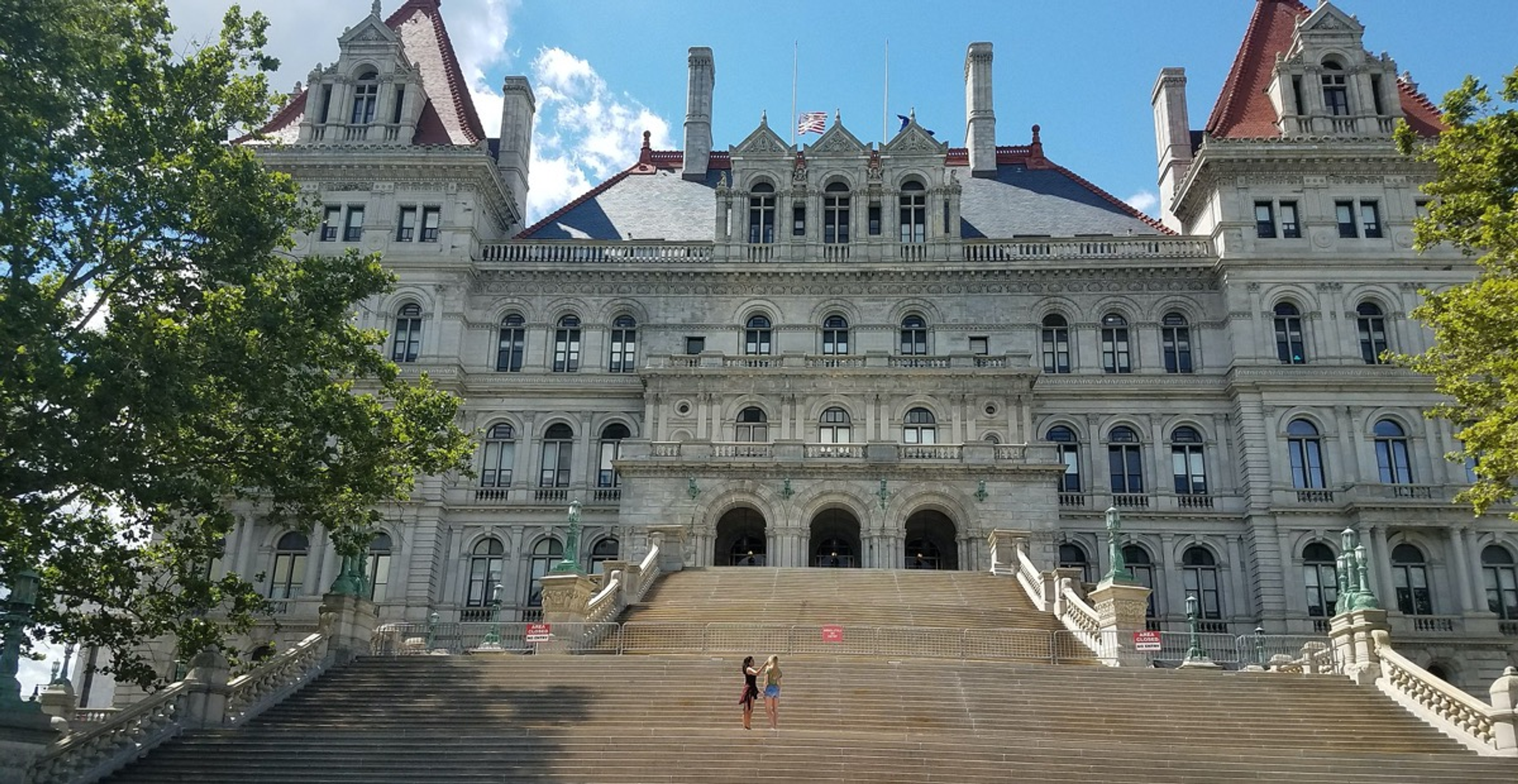
10. Albany Medical College
- Applications: 12,430
- Class Size: 145
- Acceptance Rate: 2%
- NIH Research Funding: $34 million (sponsored research)
- Total Faculty: Not specified (part of Albany Med Health System, with 125+ locations and 800+ specialties)
Note: Data sourced from Albany Medical College’s official website. The latest available class profile is from 2022.
Visit the Albany Medical College Facts & Figures
Example Courses & Training Highlights:
- Four-Year MD Curriculum – Strong clinical exposure integrated with scientific foundations
- Joint Degree Options – Includes MD with Distinction in Bioethics, MD/PhD, and other dual degrees
- Elective Research Opportunities – 25,000+ hours annually in student-driven scholarly activities
- Focus on Primary Care & Service – 52% of graduates pursue primary care fields
- Small Class Sizes – 145 students per year fosters a close-knit, collegial learning environment
- Community-Focused Medical Education – 20% of students are underrepresented in medicine
- Global Representation – Students from 12 countries contribute to a diverse class
- Top Trauma & Pediatric Training Site – Learn at New York’s busiest Level 1 Trauma Center and the only academic medical center in the region
Albany Medical College is one of the oldest private medical schools in the U.S., founded in 1839. It blends intimate, student-centered medical education with expansive clinical opportunities through the Albany Med Health System. With an acceptance rate of just 2%, the program is highly selective and known for producing compassionate, service-oriented physicians. Students benefit from a strong research infrastructure, community partnerships, and a robust bioethics curriculum. Albany Med’s commitment to diversity, wellness, and equity creates a supportive environment where future doctors are trained to lead with both skill and humanity.
Other Medical Schools in New York
New York Medical College
Located in Valhalla, NYMC has a large class size and focuses on community-based medical education. Students rotate through Westchester Medical Center, Maria Fareri Children’s Hospital, and Metropolitan Hospital in Harlem. The school supports global exchange programs and uses a pass/fail grading system during pre-clinical years.
NYU Long Island School of Medicine
Based in Mineola, this tuition-free, accelerated 3-year MD program is designed to train primary care physicians. Students graduate in three years and typically enter residencies in family medicine, internal medicine, or pediatrics. The program is mission-driven and offers strong faculty mentorship.
CUNY School of Medicine
Located in Harlem, this 7-year BS/MD program admits students directly from high school. It aims to expand access for underrepresented students and train physicians to serve underserved urban communities. The program emphasizes early clinical exposure and primary care.
Touro College of Osteopathic Medicine (DO)
With campuses in Harlem and Middletown, Touro COM focuses on training physicians for underserved areas. Students learn through a flipped classroom model and complete rotations in regional hospitals across New York, New Jersey, and Connecticut.
New York Institute of Technology College of Osteopathic Medicine (NYITCOM)
Based in Old Westbury, NYITCOM emphasizes technology integration, telemedicine, and community-based care. It is one of the largest DO programs in the U.S., with students rotating throughout the NYC metro area.
Lake Erie College of Osteopathic Medicine – Elmira Campus (DO)
Located in Elmira, this campus of LECOM uses a problem-based learning (PBL) model. It serves rural upstate New York and trains students at Arnot Ogden Medical Center and similar facilities.
SUNY Upstate Medical University
Located in Syracuse, with a secondary campus in Binghamton, SUNY Upstate emphasizes regional and rural health. It offers the Rural Medicine Scholars Program and maintains high in-state enrollment, with most students staying in New York for residency.
Zucker School of Medicine at Hofstra/Northwell
Based in Hempstead, Zucker offers a small-group, case-based curriculum with early clinical immersion. Students train with Northwell Health and conduct research through the Feinstein Institutes, one of the top biomedical research centers in the region.
5 Expert Tips for Getting Into Top NY Medical Schools
1. Research Each School’s Regional vs. National Focus
Some New York medical schools, like SUNY Upstate or Albany Med, are designed to train physicians for regional health needs—especially rural or underserved populations. Others, like Columbia or Weill Cornell, focus on national leadership in research and specialty care. Tailor your personal statement and secondary essays accordingly. If your career goals align with primary care or regional health, emphasize service and community commitment. For nationally ranked research schools, highlight your academic rigor, publications, or lab work.
2. Prioritize Schools With Early Clinical Exposure at High-Volume Hospitals
Many NY med schools boast early patient contact, but the type and intensity vary. Prioritize programs affiliated with major urban hospitals and trauma centers like Bellevue (NYU), NewYork-Presbyterian (Columbia/Weill Cornell), or Kings County (SUNY Downstate). These offer early exposure to high-acuity cases, diverse patient demographics, and real-world challenges—making you a stronger applicant for competitive residencies later on.
3. Audit Secondary Essay Prompts Before You Apply
New York medical schools tend to ask highly reflective secondary prompts—on ethics, health disparities, resilience, or public service. Before applying, review past prompts on the Student Doctor Network or Reddit’s r/premed, and draft tailored responses. Many applicants underestimate the depth and nuance these schools require. Pre-writing thoughtful answers can increase your odds at essay-heavy programs like Einstein, Icahn at Mount Sinai, or Columbia.
4. Use Match Lists to Target Schools With Strong In-State Residency Outcomes
Some NY medical schools like SUNY Downstate, SUNY Upstate, and NYMC, have high match rates into New York-based residency programs. If you want to live and work in the state long-term, reverse-engineer your list by reviewing each school’s match list. This is especially useful if you want to stay close to home, have regional ties, or are targeting large NY systems like Northwell, Mount Sinai, or NYU Langone.
5. Don’t Overlook Private vs. Public Tuition Strategy
New York has both public (SUNY) and private (Columbia, NYU, Mount Sinai) med schools, with drastically different costs. If cost is a factor, target public schools like SUNY Downstate or Upstate, which offer in-state tuition of around $50–$55K. If you’re applying to NYU (free tuition) or Icahn (robust financial aid), make sure to demonstrate academic excellence and unique value in your application. Mention if you’re first-gen, economically disadvantaged, or from a medically underserved area, these schools are actively seeking applicants who reflect those priorities.
The Bottom Line
New York offers one of the most diverse and opportunity-rich landscapes for medical education in the U.S., with 18 accredited MD and DO programs spanning Ivy League research powerhouses, tuition-free institutions, public SUNY campuses, and mission-driven community schools. Whether you're aiming for academic medicine at Columbia, affordable in-state tuition at SUNY Downstate, or primary care leadership through NYU Long Island or CUNY, there's a program that fits your goals. The key is to align your application strategy with each school’s mission—research their clinical sites, match lists, and curriculum models, and tailor your essays and experiences accordingly. With the right preparation and school list, New York can offer not just a medical degree, but a launchpad for meaningful, long-term impact in healthcare.
Work With a Medical School Admissions Coach
Want to get into a top New York medical school? A good admissions coach can help you write stronger essays, prepare for interviews, and build a smart school list that fits your goals.
Read Next:
- 20+ Medical Schools in New England: New York, Massachusetts, New Jersey, & More
- 25 Popular Medical Residency Programs
- AACOMAS Application Timeline: Key Dates and Tips
- Average MCAT Scores of the Top 50 Medical Schools
- Medical School Application Timeline: The Ultimate Guide
- The Ideal Number of Volunteer Hours for Medical School Applications
- Crafting a Powerful AMCAS Most Meaningful Experience Essay
FAQs
How many med schools are there in New York?
- There are 17 accredited MD and DO medical schools in New York. This includes major research institutions like Columbia Vagelos College of Physicians and Surgeons, public state-funded schools like SUNY Downstate, and osteopathic programs such as NYITCOM and Touro College of Osteopathic Medicine. Several schools also offer specialized formats, such as BS/MD tracks and accelerated primary care programs.
What GPA do you need for med school in NYC?
- Most competitive New York City-based medical schools, such as Columbia, NYU Grossman, and Icahn at Mount Sinai, have median accepted GPAs between 3.85 and 3.95. Less selective schools like SUNY Downstate or CUNY School of Medicine may consider GPAs in the 3.6–3.8 range, especially when paired with strong MCAT scores, clinical experience, or a compelling background in service or research.
Is NYU the hardest med school to get into?
- NYU Grossman School of Medicine is one of the most selective medical schools in the country, not just in New York. With a median MCAT of 522, a near-perfect median GPA of 3.97, and full-tuition scholarships for all MD students, it attracts a highly competitive applicant pool. While Columbia also ranks highly, NYU’s affordability and prestige make it particularly difficult to get into.
What is the cheapest medical school in New York?
- For in-state students, SUNY Upstate and SUNY Downstate offer some of the most affordable tuition options, with annual in-state costs around $53,000–$55,000. If you’re eligible for New York residency, these SUNY schools can be far more cost-effective than private institutions. However, NYU Grossman is technically the most affordable for admitted students, it offers full-tuition scholarships, reducing the cost of attendance to living expenses and fees only.
Browse hundreds of expert coaches
Leland coaches have helped thousands of people achieve their goals. A dedicated mentor can make all the difference.



